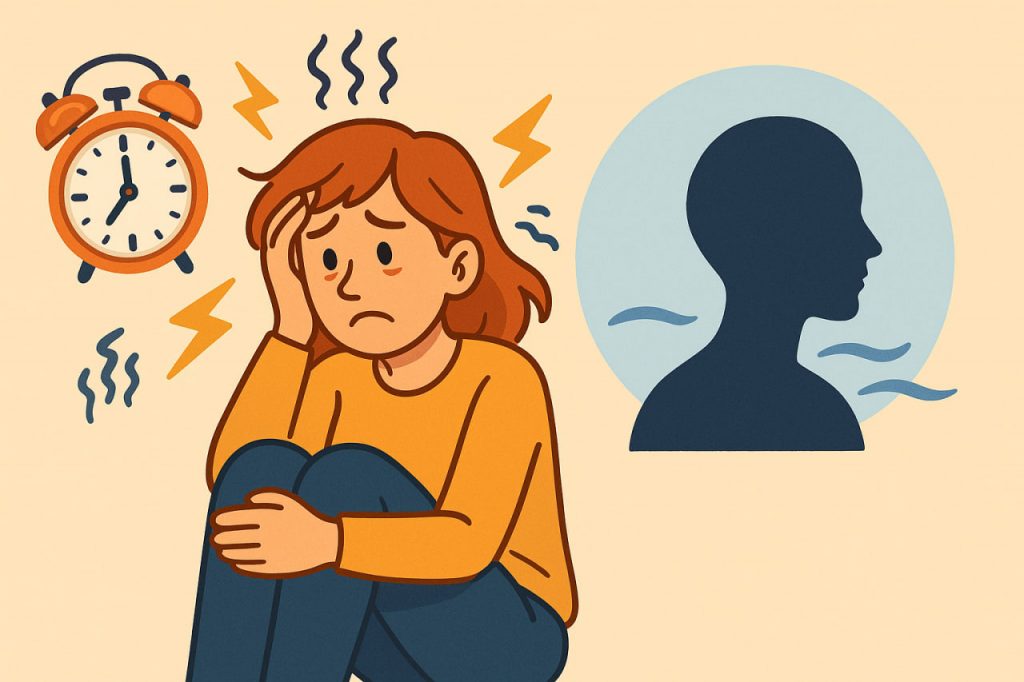Anxiety is a natural reaction to stress, but when it becomes constant, overwhelming, or disproportionate to the situation, it may signal an anxiety disorder. These disorders are among the most common mental health conditions, affecting millions of people worldwide. Recognizing the symptoms is the first step toward getting help and improving well-being.
What Is an Anxiety Disorder?
Anxiety disorders are conditions where the body’s natural “fight or flight” response is triggered too often or too intensely. Unlike normal anxiety before an exam or public speaking, these disorders cause persistent fear and worry that interfere with daily life. They may arise from genetic, biological, psychological, or environmental factors.
Emotional Symptoms
- Constant, excessive worry, often about everyday situations.
- Difficulty controlling feelings of fear or dread.
- Irritability or restlessness, even without clear reasons.
- Feeling on edge or unable to relax.
Physical Symptoms
Anxiety disorders often manifest physically, including:
- Rapid heartbeat or palpitations.
- Sweating, trembling, or shaking.
- Shortness of breath or chest tightness.
- Stomach problems, nausea, or diarrhea.
- Muscle tension and headaches.
- Fatigue and sleep disturbances.
Behavioral Changes
People with anxiety disorders may avoid situations that trigger fear, such as social events, public speaking, or even leaving the house. Over time, this avoidance can limit opportunities, relationships, and overall quality of life.
Types of Anxiety Disorders
- Generalized Anxiety Disorder (GAD) – constant, overwhelming worry.
- Panic Disorder – sudden episodes of intense fear with physical symptoms.
- Social Anxiety Disorder – extreme fear of judgment or embarrassment in social settings.
- Phobias – intense fear of specific objects or situations.
When to Seek Help
Occasional anxiety is normal, but if symptoms are persistent, severe, or interfere with daily functioning, it is important to consult a mental health specialist. Professional treatment may include therapy, lifestyle adjustments, and in some cases, medical support. Self-treatment is not recommended; guidance from a qualified professional ensures safety and effectiveness.
Conclusion
Anxiety disorders are more than temporary worry—they are serious conditions that affect both the mind and body. Recognizing emotional, physical, and behavioral symptoms is the first step toward getting proper support. With professional help and healthy coping strategies, anxiety disorders can be managed, allowing people to regain control over their lives.
Glossary
- Fight or flight response – the body’s automatic reaction to stress or danger.
- Palpitations – noticeable, rapid, or irregular heartbeat.
- Generalized Anxiety Disorder (GAD) – ongoing, excessive worry about daily matters.
- Phobia – an intense, irrational fear of a specific object or situation.
- Avoidance behavior – deliberately staying away from situations that trigger anxiety.


